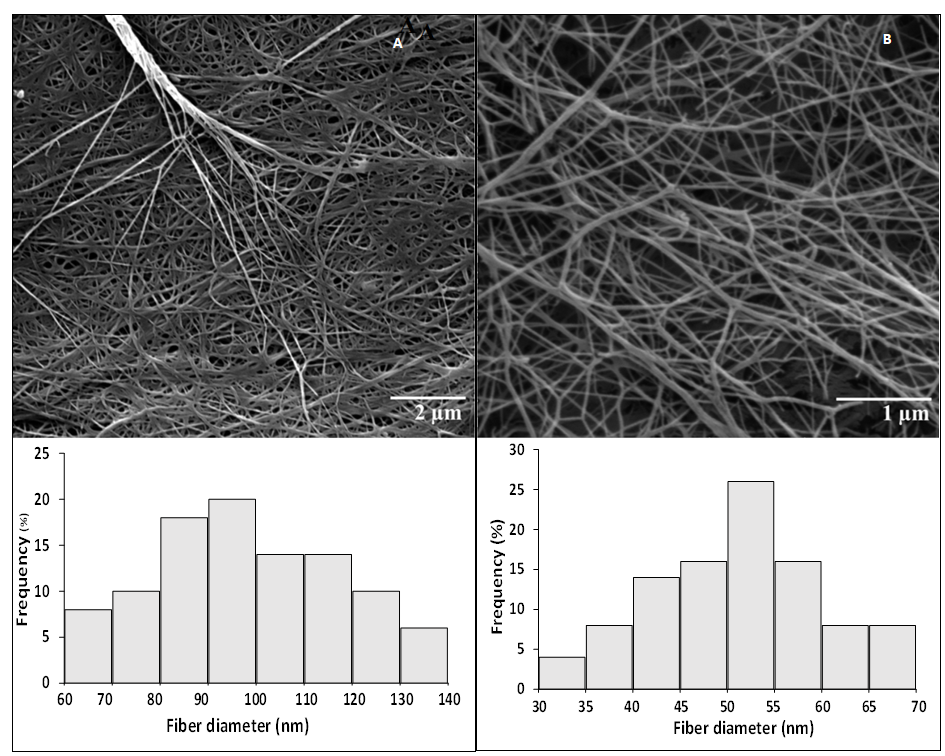 |
|
Bacterial cellulose (BC) is a high value-added nano-structured biopolymer with important biomedical applications. Its biosynthesis from waste carbon sources might modify BC structure and properties, thus Mango pulp waste (MPW) was evaluated as an alternative culture medium for its production by the bacteria Komagataeibacter xylinus. The use of MPW could also decrease BC cost since the use pure sugars for its obtaining is expensive. The effect of different nitrogen sources and buffer addition to MPW-medium on the polymer yield was also investigated. Using MPW and yeast extract as a nitrogen source, a production of 6.32 g/L of BC was obtained after 16 days of static culture. BC was characterized by SEM, XRD, TGA, FTIR and Water holding capacity (WHC). Chemical structure and thermal degradation of BC produced from MPW were similar to those of BC obtained with pure sugars (350°C). Crystallinity index of BC produced in mango-based medium was lower (62.7 % vs. 77.2 %); WHC was higher (108.7 % vs. 88.7 %); and fiber diameter was smaller (98.8 nm vs. 50.6 nm).
Keywords: Bacterial cellulose, Komagataeibacter xylinus, nanocellulose, mango waste.
|
|
 |

